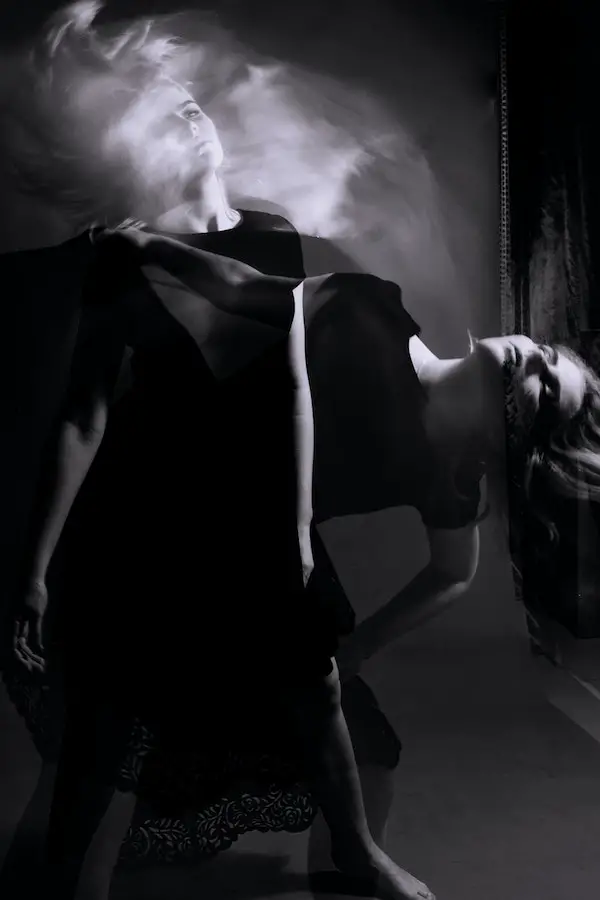
The brainstem is an important part of the nervous system, serving as a connection between the brain and the spinal cord.
It contains several reflexes that can be used to assess neurological functioning, including eye movements, pupillary response, cough reflexes, swallowing reflexes and more.
This article will discuss some of these common brainstem reflexes and how they are used in the neurological assessment.
What are brain stem reflexes?

Brain stem reflexes are involuntary movements of the eyes, head, and limbs that occur due to stimulation of the nerves in the brainstem.
They can be used as indicators of normal or abnormal functioning in neurological assessment.
Brain stem reflexes include pupil response to light, oculocephalic reflex (doll’s eye), coughing, swallowing, and sucking.
These reflexes can be used to determine if a person is conscious, alert, or has suffered any damage to the brainstem.
pupillary response
The pupillary response to light is one of the most commonly used brains stem reflexes in neurological assessment.
It refers to how pupils respond when a light is shined into the eyes.
A healthy pupillary response would see pupils constrict when exposed to light and dilate when the light is removed.
Abnormal responses such as unequal pupil size or slow reaction time can be indicative of neurological damage.
oculocephalic reflex
The oculocephalic reflex, also known as the doll’s eye reflex, is used to assess brain stem functioning.
It involves observing the movement of a person’s eyes when their head is moved in different directions.
In a healthy person, the eyes will remain fixed on an object while the head moves and then quickly move to follow the movement.
An abnormal response may indicate damage to the brainstem or other neurological conditions.
cough reflex
The cough reflex is an important brain stem reflex used in the neurological assessment.
It refers to involuntary coughing that occurs when a person’s airway is stimulated by a foreign substance, such as smoke or dust particles.
A healthy cough reflex will cause a person to quickly expel the foreign substance from their airway. An abnormal or absent cough reflex can indicate neurological damage or other medical conditions.
Swallowing reflex
The swallowing reflex is another important brain stem reflex used in the neurological assessment.
It refers to the involuntary action of swallowing that occurs when food or drink enters the mouth.
A healthy swallowing reflex will cause a person to quickly swallow food or drink without difficulty. An abnormal swallowing reflex can indicate damage to the brainstem or other medical conditions.
Vestibular reflex?
The vestibular reflex is another important brain stem reflex used in the neurological assessment.
It refers to the involuntary movements of the eyes, head, and limbs that occur when a person moves their head in different directions.
A healthy vestibular reflex will cause a person’s eyes to quickly follow the movement and help with balance.
An abnormal or absent vestibular reflex can indicate damage to the brainstem or other medical conditions.
What does no brain stem reflexes mean?

No brain stem reflexes can mean a few different things.
It could be an indication that the person is unconscious or has suffered an injury to the brainstem.
It can also indicate other neurological conditions, such as stroke or multiple sclerosis.
In any case, it is important for a medical professional to evaluate a patient further if they have no brain stem reflexes.
It is important for medical professionals to use brain stem reflexes in neurological assessments as they can help diagnose a variety of conditions.
By observing the pupillary response, oculocephalic reflex, cough reflex, swallowing reflex, sucking reflex, and vestibular reflex, doctors can identify potential damage to the brainstem or other neurological issues.
If the brain stems reflexes are determined to be absent or abnormal, further tests may be necessary to determine the cause and appropriate treatment.
Can brain stem reflexes come back?
Yes, brain stem reflexes can come back if the underlying cause is treated.
If a person has suffered an injury to the brainstem, they may be able to regain normal reflexes over time with physical therapy and rehabilitation.
In other cases, such as stroke or multiple sclerosis, medication and other treatments may help improve or restore reflex activity.
It is important to consult a medical professional for further evaluation and advice.
Do brain dead patients have reflexes?
No, brain dead patients do not have reflexes.
Brain death is a medical term used to describe a permanent state of unresponsiveness due to severe and irreversible brain damage or disease.
In this state, there is no brain activity or reflexes present. It cannot be reversed.
Brain death is different from a coma, which is when a person is in an unconscious state, but still has some brain activity and reflexes.
Therefore, it is important to note that brain dead patients do not have any reflexes.
Final words
It is important to understand the role that reflexes play in neurological assessment.
Brain stem reflexes can help diagnose a variety of conditions and determine if further tests or treatments are necessary.
If the brain stems reflexes are absent or abnormal, it may be an indication of underlying damage or disease.
It is also important to note that brain dead patients do not have any reflexes. Understanding the role of brain stem reflexes is essential in providing accurate diagnoses and effective treatments.



